The treatment consists partly of “traditional” massage techniques, with the additional information from the scan and his years of experience helping Van den Hoek know where to start. “I make sure the body can discharge and get the flow going again. Each resonance has been tested by the inventors of this method and each problem has its own frequency. This allows me to know exactly what is going on and where I need to discharge and treat, based on what that nerve needs at that moment. I use the MyHealth scanner for both scanning and troubleshooting. PEMF (Pulse Electro-Magnetic Field therapy) works with sound waves. It is also used at NASA for astronauts, for example.”
“The results are often incredible,” Van den Hoek explains enthusiastically. “Even after four years of working with this method, I am still sometimes amazed myself. Horses that have been completely checked by the regular circuit, I can sometimes get them back on track in two treatments. We can actually treat almost any condition, from lameness to chronic diseases and super nervous behavior or horses that have no energy at all or seem depressed. We can really do a lot. Clinics and conventional veterinarians will always be needed, but I’m 100% sure we’ll be using systems like PEMF a lot in the future.”
“We breed very good sport horses these days” continues Van den Hoek. “Horses with a lot of blood, but therefore also very sensitive. These horses are very susceptible to blockages in the nerves. I always try to ask myself the question: ‘How can we further improve the well-being, pleasure and fitness of our horses?’ Paying attention to nerve blockages and their influence is very important in my opinion.”
Nerve blockages don’t just lead to lameness or ataxia, but cause many more problems. “When a horse has had mental symptoms for a long time, it goes into the organs. Because I unblock many organs and improve the flow, such a horse also gets better mentally. If I clear a liver blockage, for example, it does often affect the horse emotionally. Life is one system.”
The results from the scanner indicate everything from blockages in the nerves that can be traced back to organs or joints, for example, to vitamin results and a horse’s mental state. I still find the latter very special. By measuring the blockages, I can see, for example, that certain vitamins are not able to do their job properly at that moment. For example, if there is a blockage in the stomach, then the digestive process is slower. This can cause vitamin deficiencies. With a blockage on kidney function, it may be smart to give natural supplements to support the kidneys. Often you look on the wrong side and start treating incorrectly as well. You prevent that with this method.”
Van der Hoek emphasizes that the occurrence of nerve blocks in a horse does not immediately mean that the management is bad. “You haven’t done anything wrong as an owner, a blockage in the nerves can come from a trampling or a delivery or something like that. It’s certainly not always someone’s fault. But especially in sports, if a horse has to perform at a high level, then we really need to unblock, otherwise you’ll get tendon injuries or other conditions.”

